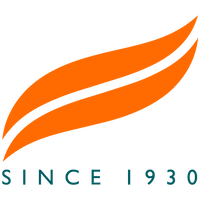Formulating a Herbal Drug

All herbal formulations at Himalaya find their roots in classical Ayurvedic texts. A team of botanists and Ayurveda Experts at our R&D Center review these scholarly texts and shortlist suitable herbs for further research. Himalaya's phytochemistry team studies the geographical and seasonal variations of the marker profiles of these herbs. Phytochemical profiling is established from different seasons and geographical locations to ensure batch-to-batch consistency, good quality, and standardization. The quality of herbs is further maintained either by cultivating herbs under the supervision of agricultural scientists or by practicing sustainable collection and harvesting practices under the supervision of trained botanists (in case of herbs sourced from the wild). Herbs have to further pass through stringent quality checks as per internal specifications laid out by our scientists.
Himalaya's scientists have adopted bioassay guided fractionation and purification technology to identify active fractions. This ensures that the herbal preparation is standardized, and the formulation has the required levels of bioactive compounds to elicit the pharmacological response. This technology is being leveraged for innovative treatments of ailments, including cancer, diabetes, and depression, as well as for specialized products in skin, oral, and hair care categories.
Super Critical Fluid (SCF) extraction, a fast-growing technology to extract herbal materials, is being utilized for the extraction of beneficial bioactive compounds. This ensures that there are no solvent residues in herbal preparations while delivering safe and efficacious products.
Extracts from a single herb or a combination of herbs are initially tested on disease models of cell lines to evaluate the efficacy of the drug. Once efficacy is confirmed, these extracts undergo rigorous toxicity tests and mutagen studies to ensure that testing on humans is safe. The extracts are formulated into the desired dosage forms (capsules, tablets, caplets, syrups, and drops) and then enter human clinical trials. All clinical trials follow Indian and international norms on human subject testing.
 Himalaya Global Holdings Ltd. (Our Parent)
Himalaya Global Holdings Ltd. (Our Parent)


